|
Postcards from:
Big
Bear Lake
Hong Kong China
Bangkok
Thailand
Calcutta
India
Guwahati
India
Shillong
India
Kaziranga
India
Agartala
India
Dhaka
Bangladesh
Bodhgaya India
Varanasi India
Agra
India
New Delhi
India
Kathmandu Nepal
Bangkok Thailand
Xi'an China
Tianshui China
Lanzhou
China 1
Urumqi
China
1
Turpan
China
Korla China
Kuqa China
Aksu China
Kashgar
China
Urumqi China 2
Bishkek Kyrgyzstan
1
Cholponata Kyrgyzstan
Balykchy Kyrgyzstan
Bishkek Kyrgyzstan 2
Almaty Kazakhstan
1
Zharkent Kazakhstan
1
Almaty Kazakhstan
2
Zharkent Kazakhstan
2
Korghas China
Yining China
Urumqi China 3
Dunhuang China
Jiayuguan China
Zhang Ye China
Wu Wei China
Lanzhou China 2
Zhongwei China
Yinchuan China
Shanghai China
California USA
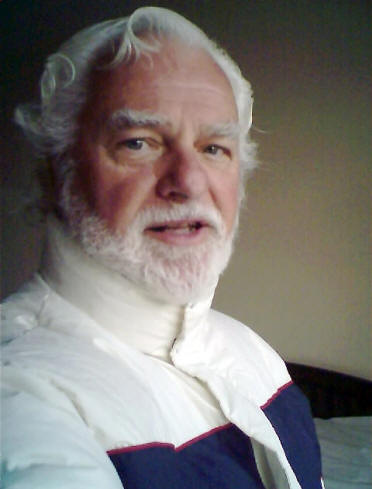
SHILLONG: Here I am showing off my new down jacket... worth at least
$50-$100 back home. I paid 150 Rupees, about $3.50. It is beautiful and very
warm... and very welcome here in cold, cold Shillong.
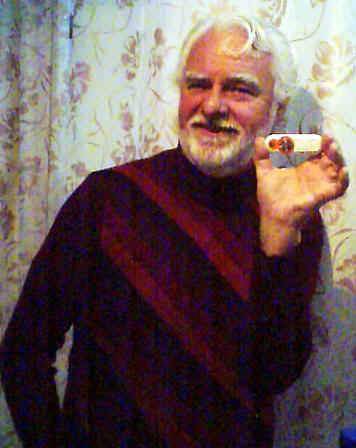
SHILLONG: About 1500 meters altitude, this area gets
darned cold. I bought a down ski jacket on the street for 150 Rupees, about
$3.50. It is in excellent shape, though a bit shop/street worn. The next day
I found this new, part wool turtle-neck shirt for $2.70. Thought I'd take a
picture while it is still new.
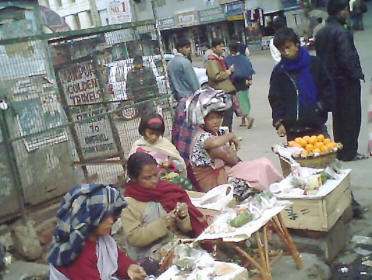
SHILLONG: Tribe women in the city selling "dope," leaves, lime and pieces of
Beetle nut: supposed to give the chewer some sort of stimulation. An other
traveler says he read the habit causes cancer. Note the unique head gear.
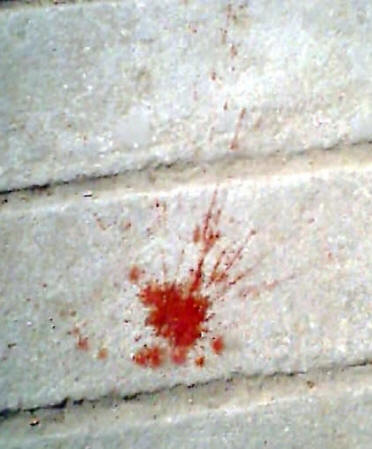
SHILLONG: Like chewing tobacco, people feel they need to spit occasionally,
in the case of Beetle nut it is a bright red-orange juice... seen here.
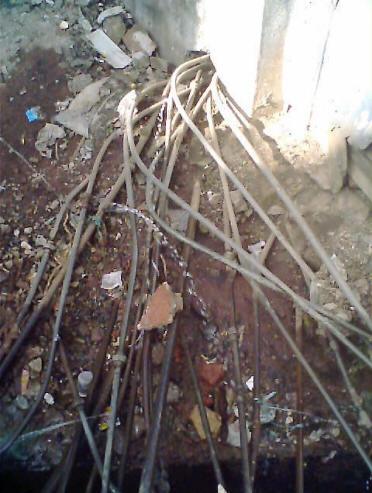
SHILLONG: Water is so abundant people waste it.
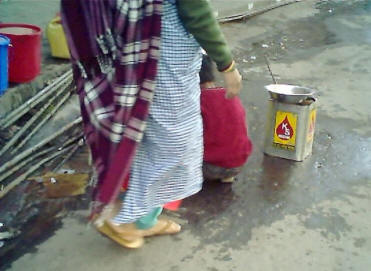
SHILLONG: Many pipes leak and less fortunate folks contrive to shorten their
water trips by catching water from spurts along the pipes.
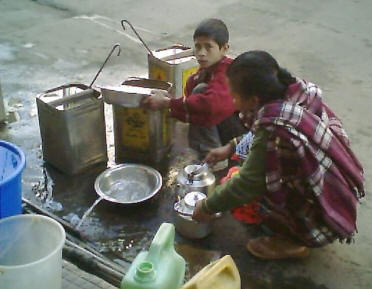
SHILLONG: The public well is a long way off and less fortunate folks
contrive to shorten their water trips by catching water from spurts along
the pipes.
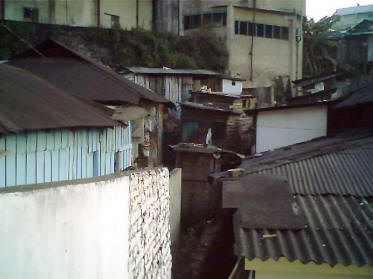
SHILLONG: Some of the slums tucked in among newer buildings. Shillong is
much cleaner and orderly than Guwahati, still there are places not well
maintained.
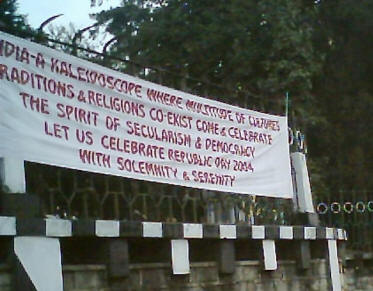
SHILLONG: India's Republic Day occurred while I was here. Some of the rebel
groups called a boycott and most of the shops in Shillong complied. Nearly
every shop closed and people played Cricket, sometimes four or five games in
a single block.
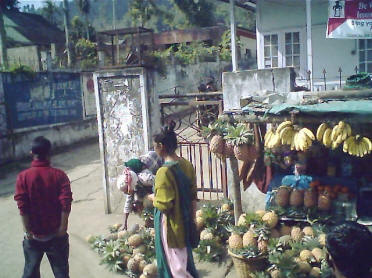
SHILLONG: Our bus to Guwahati made a stop mid-trip and I jumped off to buy
three oranges for 10 Rupees (23 cents).
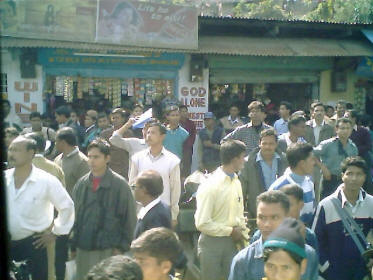
SHILLONG: About ten kilometers from Guwahati hoards of young military age
men mobbed our bus and all the others passing by. I never did learn where
they all came from, but one guy said they had just finished their military
training. They certainly were in a boisterous mood. Our bus spent a half
hour trying to get through the traffic jam caused by the commotion.
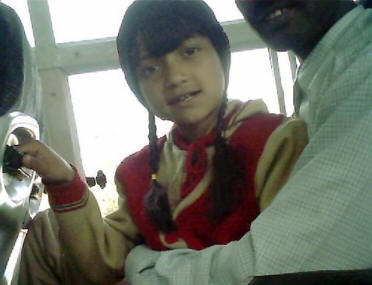
SHILLONG: On the "Super Sonic" bus I used to get back to Guwahati this
precocious young girl made friends with everyone on the bus. The guy across
the isle let her sit on his lap as the bus had no more seats.

Cherrapunjee: Sign proclaiming
the area's claim to fame. Not much there other than the sign and a lot of
bare volcanic rock washed clean by the heavy rains.
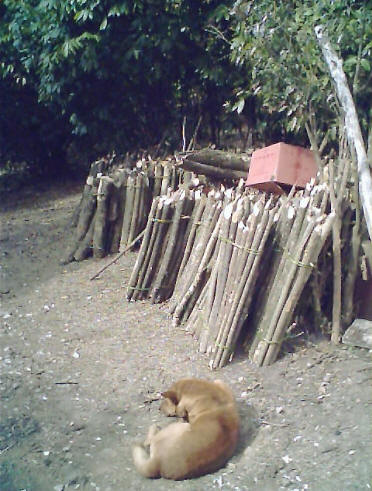
Cherrapunjee: Cut firewood waiting for people to pack it to a more
accessible distribution point down the mountain.
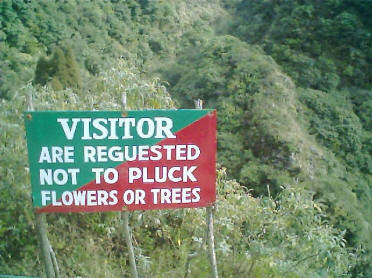
Cherrapunjee: English signs worded by non-English speakers are a never
ending source of amusement.
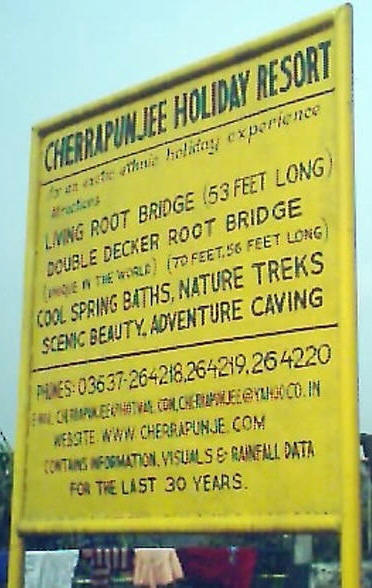
Cherrapunjee: There is a resort somewhere up here, but we never saw it.
|
  30
January 2003 30
January 2003
Hello from the wettest place on earth.
Shillong is
located about 100 kilometers south of Guwahati. It is located high enough in
the mountains that evening temperatures fall to chilling. This is a region
known for its abundant rainfall. For a place where water is so abundant, it
is surprising to see very little cooperation in distribution. If you want
water piped to your house, you lay your own dedicated pipe, no sharing. One
sees ten to twenty water pipes running along the sides of streets, mostly on
top of the pavement. Old pipes commonly leak and people without piped water
harness the spurts to fill containers rather than make the often long walk
to one of the public fresh water tanks. The leaking pipes create little
urban streams along the streets. No one seems to give them much thought. In
a few cases attempts have been made to stop leaks by wrapping something
around the pipes. That doesn't stop water poachers from moving the patch
long enough to fill a container, replacing the patch when finished. Hot
water is a luxury enjoyed during specific hours here in the hotels of Shillong, something I learned after stepping under the spray the first
afternoon I arrived hot and dirty. That day I welcomed a cool shower. Both
of the better places offer the extravagance of slightly warm water for five
morning hours and four evening hours. Want an afternoon hot shower or one at
10PM? Forget it! One evening in the middle of my badly needed hair shampoo
the city power went off and the hotel switched to an auxiliary power
generator... which only allowed essential lights and appliances to operate.
In a couple minutes my electrically heated warm shower turned cold before I
could wash the soap from my eyes. Yikes!
Shillong in the state of
Meghalya India is the
jumping off place for a visit to
Cherrapunjee,
which claims to get more rainfall than any other place in the world. As much
as 320 inches falls during the peak monsoon month of July... that's an
average of 10 inches everyday in the wettest years! A bumpy three hour Jeep
ride got us to an area of bare volcanic rock near the border with Bangladesh
where monsoon downpours occur during early summer months. On the mountain
roads around Shillong huge cargo trucks stop in the middle of their lanes
for any number of reasons forcing traffic to detour around them in both
directions. In one five minute period I counted eight trucks blocking
traffic. I can only imagine the mess this must cause during the monsoon.
Shillong is the
site of an old British "hill station." Built on several knolls and
intervening gullies it reminds me a lot of Assisi in Italy. Walking the busy
part of the city called the Police Bazaar is guaranteed to provide
significant exercise. It also is the cleanest of the Indian cities I’ve
visited, though far from meeting Western standards of hygiene and
sanitation. Hill tribes market their crafts and produce along the crowded
streets of the shopping area. Giant, sweet and exotically flavored
"tangerines" are called oranges here. So easy to peel and delicious: I love
‘em… at ten cents each, they are a bargain. Evenings were unexpectedly
chilly and when I saw a pile warm jackets being offered for a mere 150
Rupees ($3.40) I grabbed one thinking I'd just toss it when I left the
mountains. As you can see from the picture, it is an excellent down filled
ski jacket worth perhaps a hundred dollars . I also bought the wool
turtleneck I'm wearing in the other picture for an additional 120 Rupees
($2.70).
My hair will hang to my waist by the time I leave India. Here, like Turkey,
beauty shops are reserved for women and often carry a sign warning "No Men
Allowed" or "Women Only." The saloons (barber shops) offer quick electric
clipper jobs that guarantee to turn out one version or another of the
standard military cut. Indian men rarely wear their hair long.
People are chewing a concoction of a green leaf smeared with a white "lime"
paste with bits of
Betelnut sprinkled on top. On chewing, one's spit turns red making both
male and female chewers look like they have done a sloppy job of applying
lipstick. When one smiles, the stained teeth give them an appearance of a
wild beast in the middle of devouring a recent kill. Apparently no one
swallows the tasty saliva as everyone spits the red juice wherever the urge
occurs... including onto the marble walks of some inside shopping arcades. I
am often amused when watching a store keeper with a mouth full of red juice
ready for spitting trying to carry on a conversation with a customer. It
must be quite a trick to hold their mouth is such a way as to retain the
juice and make intelligible sounds at the same time. Their contorted faces
are a sight to remember.
Betelnuts grow in
clusters like coconuts on palm trees that resemble the coconut palm. While
they seemed to be growing wild in many places, I also saw a number of
densely planted groves, attesting to the popularity of the chewing habit.
Outside the city I see a strange
variety of bamboo growing. It looks like the ordinary species except the
growing tip turns vine-like, bending over like a Weeping Willow branch that
often reaches the ground. I imagined people cutting a pole and using the
long thin string-like tip as a natural fishing line.
Bamboo reinforced, mud covered
walls are used in building construction. Where concrete is used there is
little obvious quality control. Mixed on a flat surface, a quantity of
cement is added to a pile of sand and aggregate with water added to a
depression in the middle. It makes concrete, but the quality varies from one
batch to another, something obvious from the uneven wearing of walkways.
I read a newspaper article about the Indian elite who live "bubble lives,"
moving from one bubble of hygiene, affluence and comfort to another, hardly
making any contact with the pervasive squallier between bubbles. I realized
that is exactly what I have been doing with my excursions into the streets
where no one can avoid the real India. If I didn't have my ready first class
hotel "bolt holes," I probably wouldn't find such adventure so appealing.
Fortunately, luxury hotels are relatively cheap in the parts of India I've
so far visited: $40 to $70.
Reading my
description of the uneven sidewalks in Kolkata, a friend sent me an article
which claims walking on uneven surfaces provides better exercise for the
elderly! I've been doing the right thing all along and didn't even know it.
That probably accounts for my tightening belt, now cinched up a good four
inches from when I left in December last year.
Making a telephone call is like performing the "who's on first?" routine.
They say "hello." I reply "hello." They say "hello" again, etc. Eventually I
say something like "I've already said hello twice. Are you there?" Waiters
always think you are going to order several servings of anything requested,
because they always ask "one?" After carefully pointing to several menu
items and confirming the waiter understands what I want, they will read back
the order in a totally mangled form of English that defies deciphering,
waiting for a confirmation before they will scurry off to the kitchen to
place my order. More than once what I got looked nothing like what I thought
I had ordered.
Restaurant tipping is a confusing matter here in India. Cultured Indians are
said to tip in upscale restaurants. Some of the better establishments add a
10% service charge. However, watching closely I have never seen an Indian
leave a large tip. Once, a father collected the paper change from his
payment leaving the coins. His teenage son saw the oversight and pocketed
the windfall. I have experimented with leaving and not leaving tips and see
no difference in the quality of service: always obsequious during the first
few visits, deteriorating as staff becomes familiar with my presence. The
old British axiom "Familiarity breeds contempt" seems to hold in this former
British colony.
During my stay in India this time I have seen numerous newspaper articles
about government censorship. Criticism of major government officials and
Islam is not tolerated; people are arrested! On the other hand, respected
citizens do write guest editorials criticizing poor performance of
government departments and the atrocious lack of hygiene and sanitation in
the cities and poor road maintenance. One article mirrored my own
observations perfectly, concluding by urging citizens to take more pride in
their city and clean it up.
Arvind, a Kolkata industrialist I met on the shared taxi tour of
Cherrapunjee says Indian professionals are paid about 20% of their American
counterparts. Ordinary unskilled laborers make 150 to 300 Rupees per day
($3.50 to $7.00 per day), he says. Government employees make a bit more,
perhaps 400 Rupees a day. A doctor I later met in Kaziranga says the actual
laborer wage is closer to
50 Rupees
per day! That's a little over a dollar a day.
There is 30 minute helicopter service back to Guwahati. The fare is a mere
725 Rupees or about $17. That is around what I paid for a private four hour
taxi ride to get me here. Of course one must add the outrageous $7 Guwahati
airport taxi ride back into the city. The option seemed tempting until I
discovered the new "Super Sonic" bus service. While the comfortable seats
made the riding enjoyable, the bus eventually became overcrowded and noisy
towards the end of the journey.
Peace,
Fred L Bellomy
PS: For anyone following my wanderings it will become apparent there often
is a significant delay in getting out the postcards. At the moment I am in
Dhaka Bangladesh.
Peace,
Fred L Bellomy
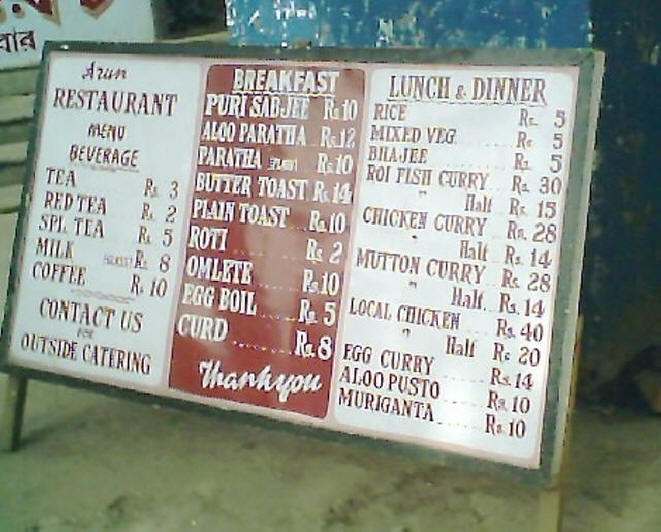
SHILLONG: Outdoor display of the menu for one of the small
restaurants around town. These prices are well below what I paid in
the upscale hotels here.
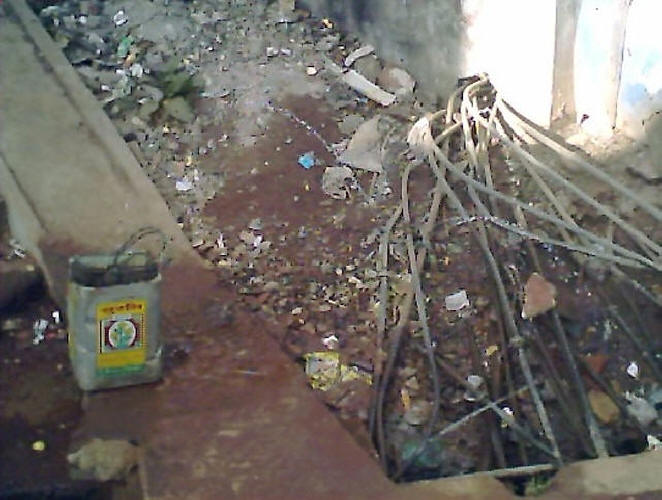
SHILLONG: Water is so abundant people waste it. The big problem is
delivery and anyone who doesn't want to carry it home puts in their
own pipe... their OWN pipe... no intentional sharing. One sees
dozens of pipes running along the same route. Many leak and less
fortunate folks contrive to shorten their water trips by catching
water from spurts along the pipes.
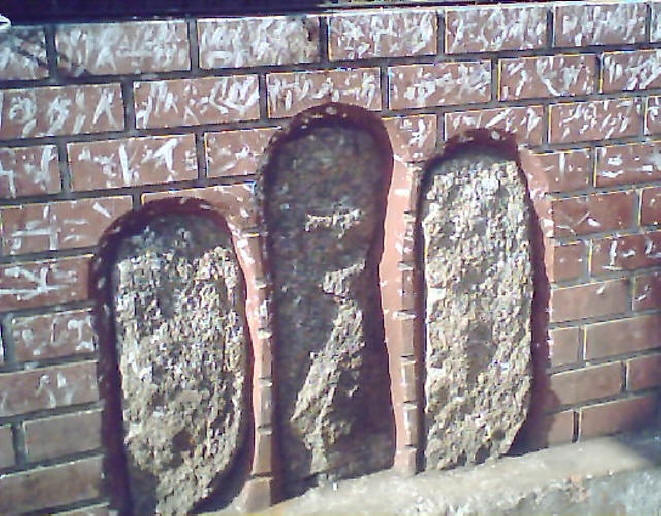
SHILLONG: What have we here? looks like Arabic writing around crude
stone statues. However, the real explanation is stranger. People
must "prepare" the Beetle nut chew with lime and the excess is wiped
on any handy surface, in this case a brick wall.
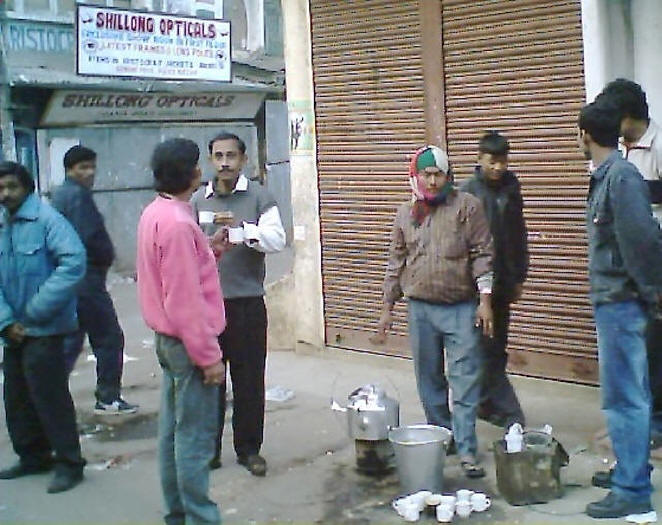
SHILLONG: This street tea seller had lots of customers on a cold
early evening.
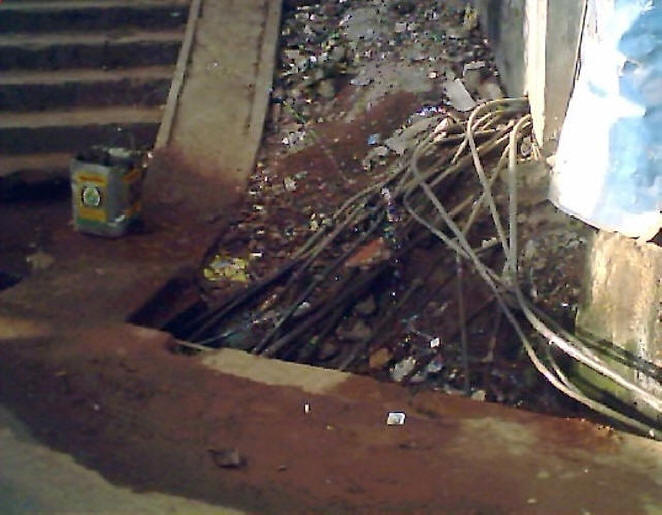
SHILLONG: Water is so abundant people waste it. The big problem is delivery
and anyone who doesn't want to carry it home puts in their own pipe... their
OWN pipe... no intentional sharing. One sees dozens of pipes running along
the same route. Many leak and less fortunate folks contrive to shorten their
water trips by catching water from spurts along the pipes.
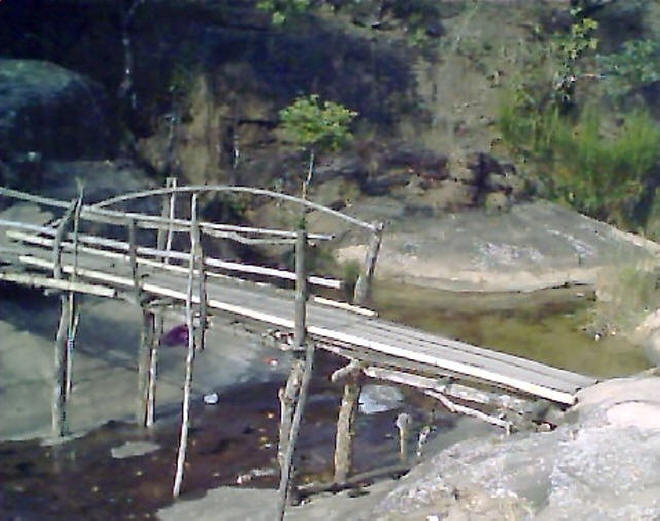
Cherrapunjee: Foot bridge near the lookout point across from Bangladesh.
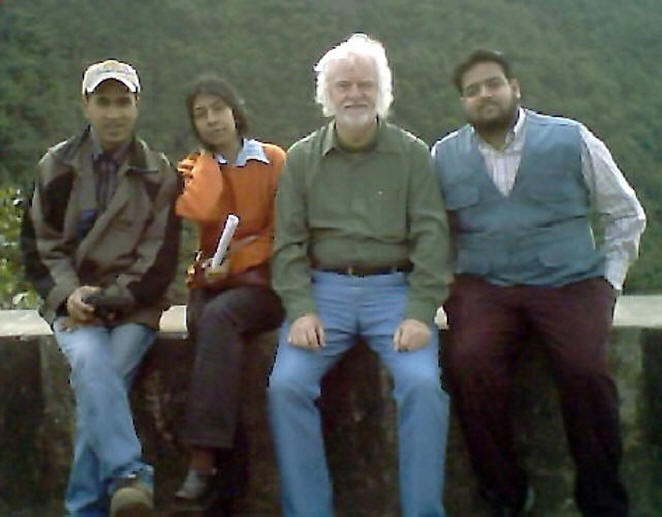
Cherrapunjee: Me and the three people with whom I shared a taxicab
for the tour of Cherrapunjee. Left to right: Ron, Sanju, me and
Arvind. In the background is the beginning of northern Bangladesh.
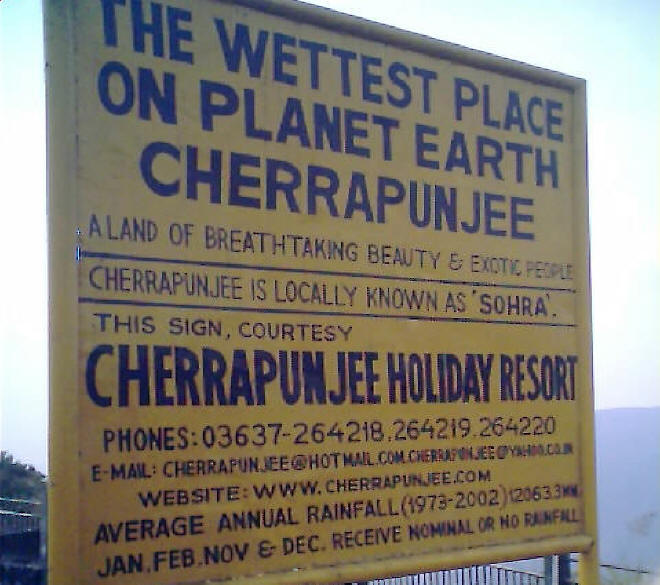
Cherrapunjee: Sign
proclaiming the area's claim to fame. Not much there other than the
sign and a lot of bare volcanic rock washed clean by the heavy
rains.
|
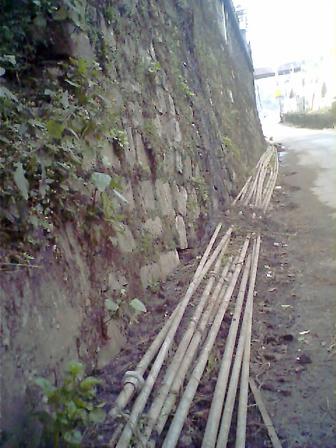
If you want water
piped to your house, you lay your own dedicated pipe, no sharing. One sees
ten to twenty water pipes running along the sides of streets, mostly on top
of the pavement.
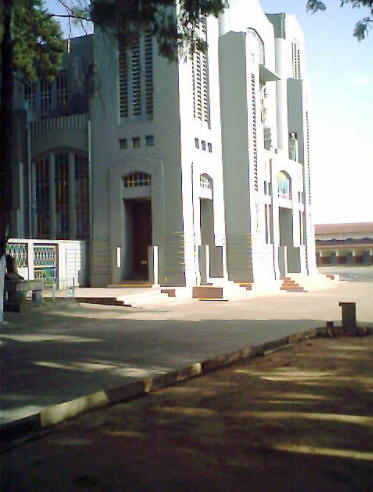
Cherrapunjee: Catholic Church in Shillong on our way out to see Cherrapunjee.
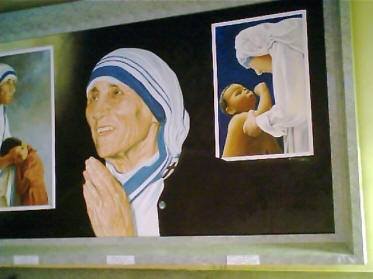
Cherrapunjee: Painting of Mother Teresa in the Catholic Church.
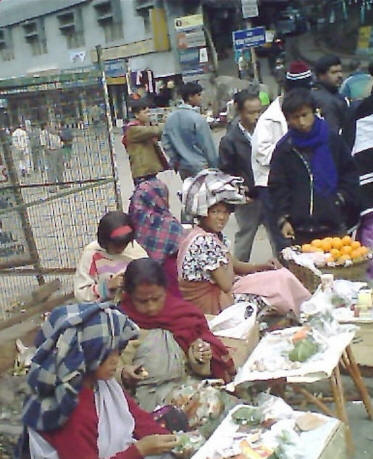
SHILLONG: Tribe women in the city selling "dope," leaves, lime and Beetle
nut: supposed to give the chewer some sort of stimulation. Note the unique
head gear.
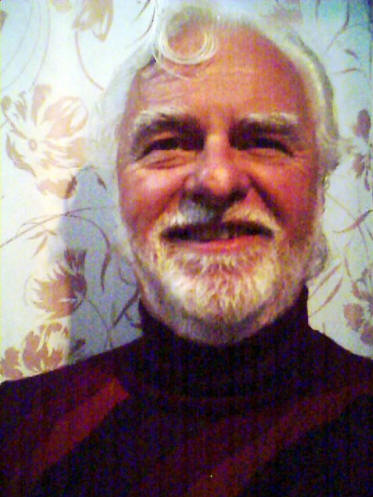
SHILLONG: About 1500 meters altitude, this area gets darned cold. I bought a
down ski jacket on the street for 150 Rupees, about $3.50. It is in
excellent shape, though a bit shop/street worn. The next day I found this
new, part wool turtle-neck shirt for $2.70. Thought I'd take a picture while
it is still new.
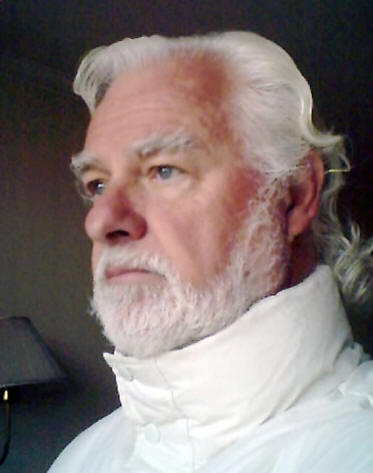
SHILLONG: Here I am showing off my new down jacket... worth at least
$50-$100 back home. I paid 150 Rupees, about $3.50. It is beautiful and very
warm... and very welcome here in cold, cold Shillong.
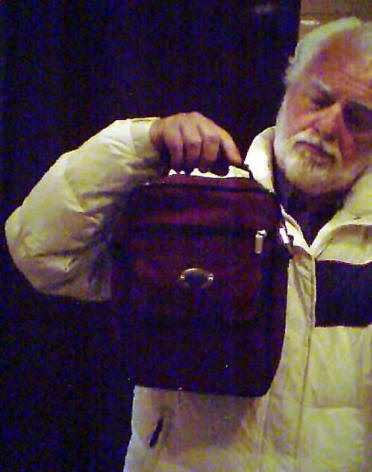
SHILLONG: Here I am showing off my new down jacket... worth at least
$50-$100 back home. I paid 150 Rupees, about $3.50. It is beautiful and very
warm... and very welcome here in cold, cold Shillong. I bought the maroon
case to make a more compact bundle of the coat when not being worn.
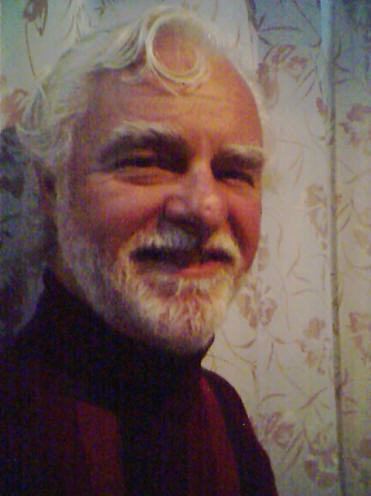
SHILLONG: Another reference photo to exhibit my new turtle neck sweater.
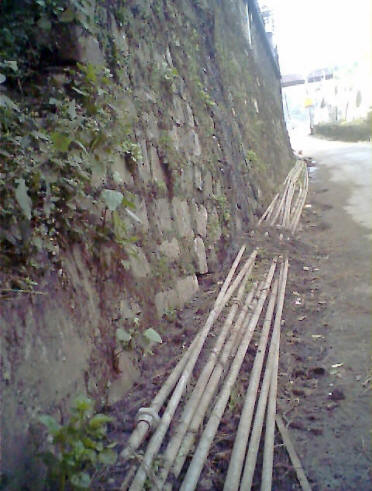
SHILLONG: A big problem is water delivery and anyone who doesn't want to
carry it home puts in their own pipe.
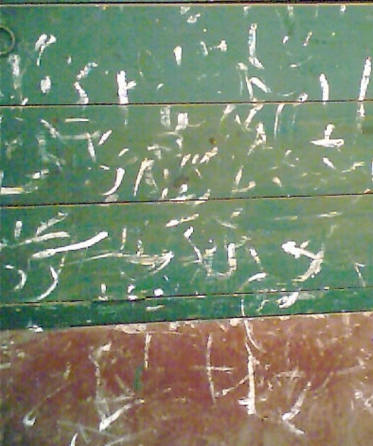
SHILLONG: What have we here? looks like Arabic writing around crude stone
statues. However, the real explanation is stranger. People must "prepare"
the Beetle nut chew with lime and the excess is wiped on any handy surface,
in this case a painted wooden wall.
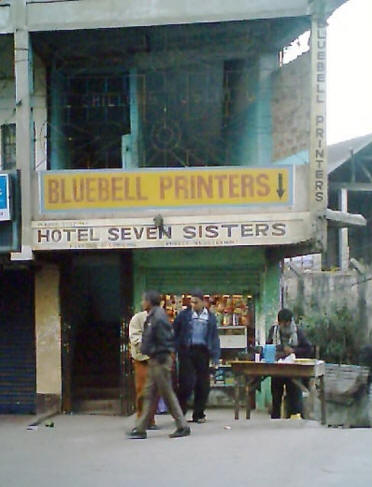
SHILLONG: Not all the hotels are three star like the two I tried while in
the city. I snapped this picture as much for the place's name as anything.
The northeast region is called the Seven Sisters.
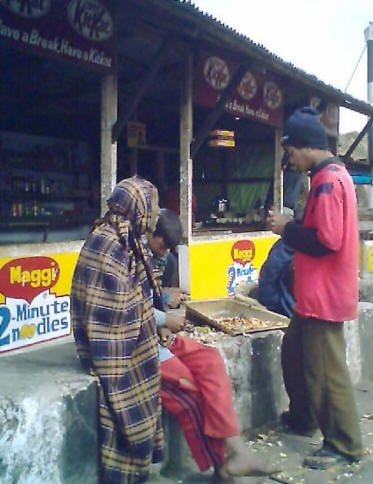
Cherrapunjee: Venders peeling Beetle nuts in preparation for a chewing
concoction.
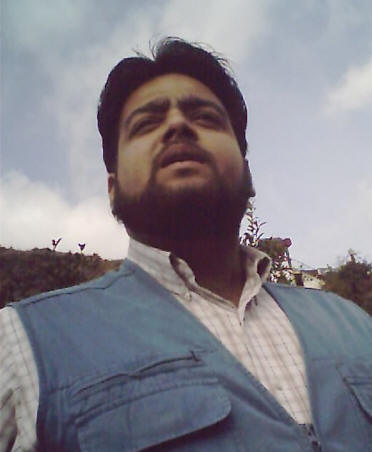
Cherrapunjee: Meet Arvind Goyal, owner of an agro products company in
Kolkata. He told me a horror story about his experience with the Indian
medical establishment. Bottom line: don't get sick in India!
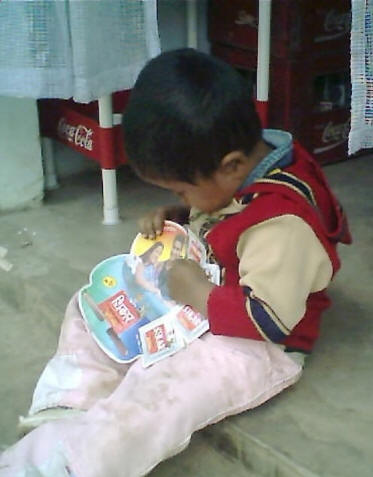
Cherrapunjee: Cute kid playing at one of our stops.
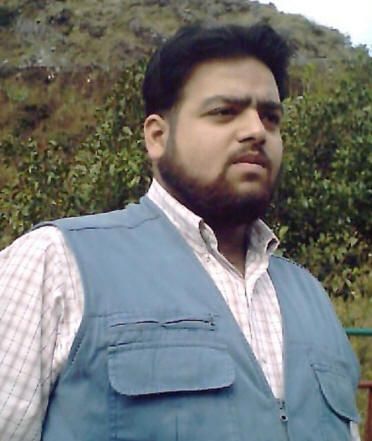
Cherrapunjee: Another photo of Arvind Goyal, owner of an agro-products
company in Kolkata.
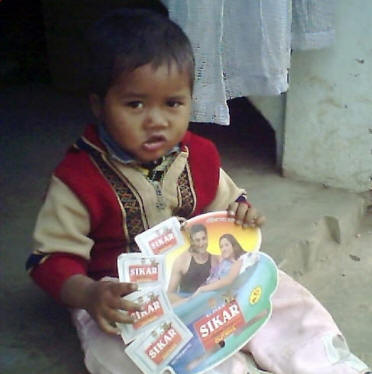
Cherrapunjee: Cute kid playing at one of our stops finally looks up at the
camera.
|


